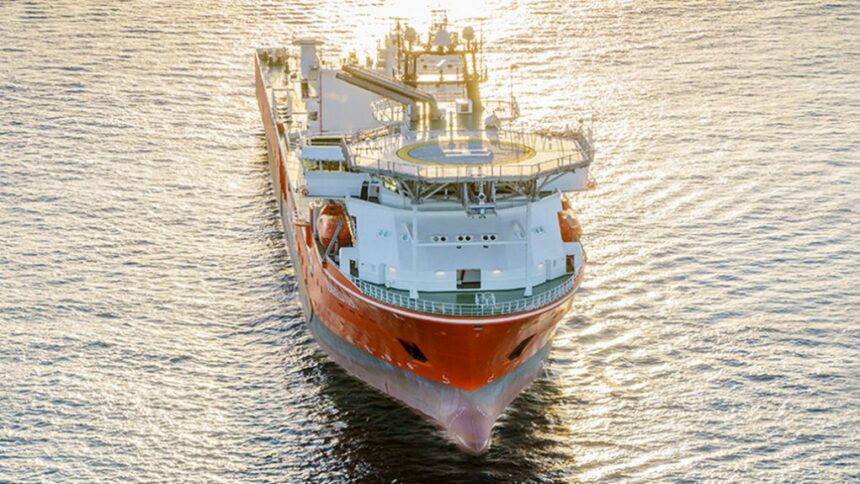To increase the net present value (NPV) of Namibia’s marine diamond mining sector, four strategies – economies of scale, economies of scope, productivity and efficiency improvements, and improvements to the quality of the resource – can be assessed as potential options.
This is according to a joint report created by University of Pretoria Department of Engineering and Technology Management representative Dr Rina Peach and Namibian marine diamond miner Debmarine engineer John Jonker.
The marine diamond mining sector, off the southwestern coast of Namibia, is responsible for diamond production of between 1.5-million and 2-million carats a year, with about 95% of the diamonds recovered being of gem quality.
However, Peach and Jonker note that the sector is not immune to global challenges, such as global supply chain concerns, lingering impacts from the Covid-19 pandemic, geopolitical tensions, and a global economic downturn.
Of the four strategies, productivity and efficiency improvements are the most appropriate, as the other three are either outside a company’s direct control or will result in diminishing returns early on in improvement projects.
“From this, Namibia’s marine diamond mining sector has launched an improvement initiative to improve its maintenance approach as contained in its operating model,” they add.
However, the current limitation in the maintenance process is that the potential strategies are limited to established technology available to the sector, while deployed technologies to assist with maintenance currently do not go beyond the condition-based approach, which generally includes technologies under Industry 3.0, explain Peach and Jonker.
Maintenance processes include breakdown repairs, servicing of equipment, and condition monitoring of equipment, such as marine equipment, mining systems and treatment plants.
For a successful outcome, Industry 4.0 technologies – such as those that have been tested or implemented successfully elsewhere in mining industries globally – need to be understood in terms of their most suitable implementation in Namibia’s marine diamond mining sector.
“Through a systematic literature review, technologies that would add the most value and the implementation aspects that need to be considered for the digital transformation process to be successful, were determined,” Peach and Jonker said.
Through this review, the most appropriate technologies address operational efficiency improvements in their completeness and are not necessarily maintenance specific, thereby including maintenance and production.
“This supports the view that the production and maintenance departments should integrate fully into operational departments to move forward by breaking down psychological silos,” they say.
The technologies most suited to Namibia’s marine diamond mining sector are automation and robotics, Industrial Internet of Things (IIoT), Big Data and real-time data, reveal Peach and Jonker.
Further, implementation aspects need to be considered, together with the technologies for an organisation, to unlock the full potential of new technologies.
They add that Industry 4.0 technologies need to be prioritised in terms of the potential value that can be unlocked, and their effect on the NPV must be considered.
Management executives and lead decision-makers must also decide if the technology development will be outsourced or done in-house.
Peach and Jonker say an organisation’s digital transformation – from physical and mechanical processes to digital systems – includes considering systems, people, processes and equipment.
They state that new competencies will be required to support the digital transformation. At the same time, the effectiveness of the technology will be directly proportional to the competency level of the workers using it and being subjected to it.
Progressing with new technologies, especially Industry 4.0 technologies, requires an implementation framework, which serves as a formal roadmap to guide the complex transformation process by providing the policies, procedures and tools for the process and incorporating a management-of-change process to support the transformation.
To date, the marine diamond mining sector’s digital transformation journey includes investigating and implementing several technologies, including remote operational centers, digital twin models, real-time data, machine learning, data mining, autonomous mining, predictive analytics and remote assistance.
According to Peach and Jonker, these technologies are required to further improve the efficiencies of mining operations by reducing costs, increasing productivity and implementing new mining processes.
“To provide some quantification of the benefits derived from Technologies 4.0 and the Fourth Industrial Revolution, it has been reported that mining companies will be able to reduce mining equipment operational expenditure by up to 10%,” they conclude.



Leave a Reply